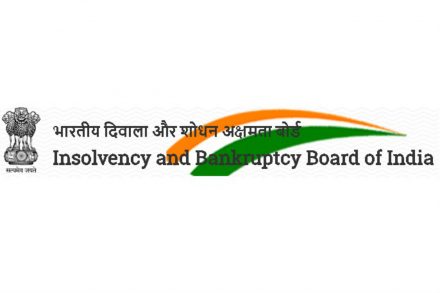Insolvency and Bankruptcy Board of India (Insolvency Resolution Process for Corporate Persons) (Second Amendment) Regulations, 2023 (CIRP Amendment Regulations)

IBBI Amends the CIRP Regulations to Streamline the Insolvency Process
Introduction
The Insolvency and Bankruptcy Board of India (IBBI) has recently on 18th September, 2023 amended the Insolvency and Bankruptcy Board of India (Insolvency Resolution Process for Corporate Persons) Regulations, 2016 (CIRP Regulations) to streamline the insolvency process. The key changes brought about by the CIRP Amendment Regulations are as follows:
- Submission of chronology of debt and default: The CIRP Amendment Regulations now require the applicant to submit a chronology of debt and default along with an application under Section 7 or Section 9 of the Insolvency and Bankruptcy Code, 2016 (IBC). This will help the Adjudicating Authority (AA) to quickly decide on the initiation of the Corporate Insolvency Resolution Process (CIRP).
- Requisitions to promoters/management: The CIRP Amendment Regulations also streamline the process of information gathering by the Insolvency Resolution Professional (IRP)/Resolution Professional (RP). The IRP/RP is now authorized to make certain requisitions to the promoters and management of the corporate debtor for information and documents related to the assets of the corporate debtor.
- Clarification on the role of the Committee of Creditors (CoC): The CIRP Amendment Regulations also clarify the role of the CoC in the CIRP. The CoC is now required to meet within 10 days of receiving the notice of the CIRP and to appoint an RP within 30 days of the CIRP commencement date.
Impact of the CIRP Amendment Regulations

The CIRP Amendment Regulations are expected to have a positive impact on the insolvency process in India. The submission of a chronology of debt and default will help the AA to quickly decide on the initiation of the CIRP. The requisitions to promoters/management will streamline the process of information gathering by the IRP/RP. The clarification on the role of the CoC will also help to ensure that the CIRP is conducted efficiently and effectively.
Detailed Analysis of the CIRP Amendment Regulations
Submission of chronology of debt and default
The CIRP Amendment Regulations now require the applicant to submit a chronology of debt and default along with an application under Section 7 or Section 9 of the IBC. The chronology of debt and default must include the following information:
- The date and amount of each debt owed by the corporate debtor;
- The date and amount of each default made by the corporate debtor; and
- The steps taken by the applicant to recover the debt.
The submission of a chronology of debt and default will help the AA to quickly assess whether the corporate debtor meets the eligibility criteria for the initiation of the CIRP. The AA will also be able to understand the severity of the corporate debtor’s financial distress and the impact of the CIRP on the corporate debtor’s creditors.

Requisitions to promoters/management
The CIRP Amendment Regulations also streamline the process of information gathering by the IRP/RP. The IRP/RP is now authorized to make the following requisitions to the promoters and management of the corporate debtor:
- To provide information and documents related to the assets of the corporate debtor;
- To provide access to the premises of the corporate debtor; and
- To cooperate with the IRP/RP in the conduct of the CIRP.
The requisitions to promoters/management will help the IRP/RP to quickly gather the information and documents required to assess the financial position of the corporate debtor and to develop a resolution plan.
Clarification on the role of the CoC
The CIRP Amendment Regulations also clarify the role of the CoC in the CIRP. The CoC is now required to meet within 10 days of receiving the notice of the CIRP and to appoint an RP within 30 days of the CIRP commencement date.
The clarification on the role of the CoC will help to ensure that the CIRP is conducted efficiently and effectively. The CoC is responsible for overseeing the CIRP and for approving the resolution plan. The requirement to meet within 10 days of receiving the notice of the CIRP will help to ensure that the CoC is able to quickly start overseeing the CIRP. The requirement to appoint an RP within 30 days of the CIRP commencement date will help to ensure that the CIRP is completed within the timelines prescribed by the IBC.
Conclusion

The CIRP Amendment Regulations are a welcome step towards streamlining the insolvency process in India. The submission of a chronology of debt and default, the requisitions to promoters/management, and the clarification on the role of the CoC are all expected to help to make the CIRP more efficient and effective.

















